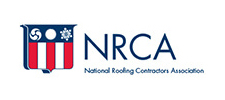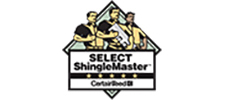Over 40 Years of Professional Roofing Experience
The most common types of commercial roofing systems are the flat or low-slope roof. To ensure that your roof isn’t plagued with leaks and pooling water, a qualified commercial roofing contractor should be your first call when seeking repair or replacement of your flat roof.
Snow, ice, sun, wind and rain all cause damage to your roofing system over time. Wear can also come from foot traffic associated with maintaining or checking on HVAC units. Although a full replacement isn’t always necessary, before any action is taken, an inspection should be done by a professional to determine the extent of the damage.
When properly installed, the life expectancy of a flat roof is proportional to the ongoing maintenance done to it. While the type of flat roof materials used will be of some consequence, a roof that has been neglected for too long will require more care and need to be replaced more often than a roof that is inspected and cared for on a regular basis.
At Adams Roofing Professionals, Inc, we recommend that your Chicago commercial roofing system be inspected twice a year and after any major storm. Our maintenance inspections will ensure the protection of your building’s structure and inventory.
Modified Bitumen
Modified bitumen roofing material has a core that is made of a strong, resilient, non-woven polyester mat that is coated in modified asphalt and covered with fine mineral granules. This type of flat roofing solution is commonly found within the Chicago commercial building community.
Single-Ply Roofing
Single-ply roofing can be one of a variety of lightweight, energy-efficient roofing materials. TPO (thermoplastic polyolefin) and PVC (polyvinyl chloride ) are both membranes that are manufactured to strict quality standards. Cleaner and faster than other methods, these thermoplastic membranes are manufactured to include a reinforcement layer that provides increased strength and stability.
Liquid-Applied Membrane
Liquid-applied membrane is a water-based liquid that can be applied in a variety of ways. Applications may be brushed, rolled or sprayed on, dependent on the product chosen. Once applied, the liquid cures to form a seamless elastomeric or rubber membrane on your flat roof.









